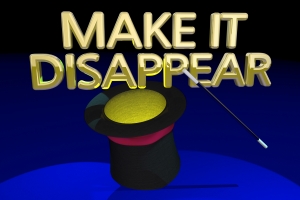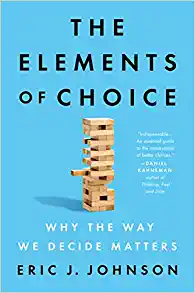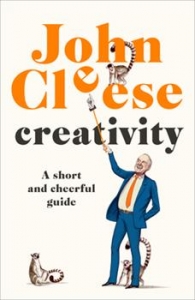Blog Using Presentational Coloration
In How Magicians Think, author Joshua Jay explains that, when he borrows a coin from you and makes it disappear, the words he uses during the disappearance “can radically change the experience in your mind”. .Jay might say, for example, “Watch as your coin fades away slowly, dissolving into the air.” Alternately, he might say “And just like that…pow! The coin is gone.” In fact, Jay adds, neuroscientists have shown that most of our experiences are shaped as much by an impression rather than by the event itself.
In blog marketing, we realize at Say It For You, an online searcher’s impressions will have a large role in shaping the outcome of the visit. Since we, as ghostwriters, have been hired by clients to tell their story online to their target audiences, we need to do intensive research, taking guidance from the client’s experience and expertise The goal – conveying the relationship between the visitor and the business owner and their shared experience. But no matter who is responsible for creating the blog content, remember this: Readers who visit your blog are judging their experience in learning about the business owner or practitioner behind the blog.
As part of offering business blogging assistance, I’m always talking to business owners about their customer service. The challenge is – every business says it offers superior customer service! (Has any of us ever read an ad or a blog that does not tout its superior customer service? But the words you use in saying it are part of the presentational coloration that can make the difference in demonstrating that your customer service exceeds the norm.
Actual color is very important in presentation, as the Zoho blog brings out, because colors affect us at a subconscious level, and “can make the difference between someone liking an idea or rejecting it.” Interestingly, the advice Zoho gives about choosing only one primary color for each slide is in keeping with my own blog content writing advice about the Power of One.
Precisely because an online searcher’s impressions will have a large role in shaping the outcome of the visit, it’s important to blog using presentational coloration.







Follow us online!